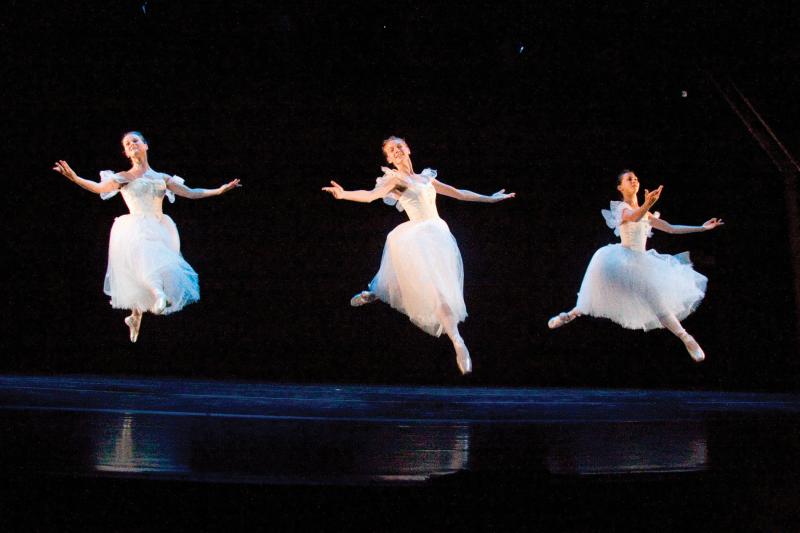1990

The Royal Danish Ballet performing at Jacob’s Pillow Dance Festival, whose archives are part of the Dance Heritage Coalition, created in response to the Images of American Dance study. Photo by Maxwell Citizen Kepler
In 1990, the NEA commissioned Images of American Dance: Documenting and Preserving a Cultural Heritage, a study aimed at providing a picture of the existing dance documentation system. To do so, the study examined the archival resources of dance companies in six American cities including Los Angeles, San Francisco, Minneapolis/St. Paul, New York City, Salt Lake City, and Washington, DC. The findings of the study led to major improvement in the dance documentation system, as well as several national campaigns to preserve the legacy of dance.
The study found that although the six sites documented dance in some form, none of the sites had a streamlined archive system. It was also clear from the findings that video technology had significantly changed the way institutions thought about dance preservation. Prior to video, shorthand notation and photography were the only available methods of dance documentation. Though video made preservation easier in some ways, the study found that access was still a primary concern. Companies debated who would be allowed to use the video and in what capacities.
Most alarming of the study’s findings was the recognition of significant gaps in the historical dance record. Whole cultures, artists, and regions were left out of the preservation network altogether, while others were only partially documented. It was clear that restoring the record of dance over time would require significant work. To this end, the study concluded that education was of primary concern—both for preservationists, to learn archival standards and methods, and for the public, to understand the importance of dance history. The study concluded that education would also play a primary role in securing the funding necessary to improve the system. The study also made recommendations for possible solutions to the problems identified.
Images of American Dance gave birth to several important dance agencies—principally among them, the Dance Heritage Coalition, which includes the dance archives of the Library of Congress and Jacob’s Pillow Dance Festival, and the New York Public Library Dance Collection. These institutions have enabled the legacy of dance to continue for future generations.

